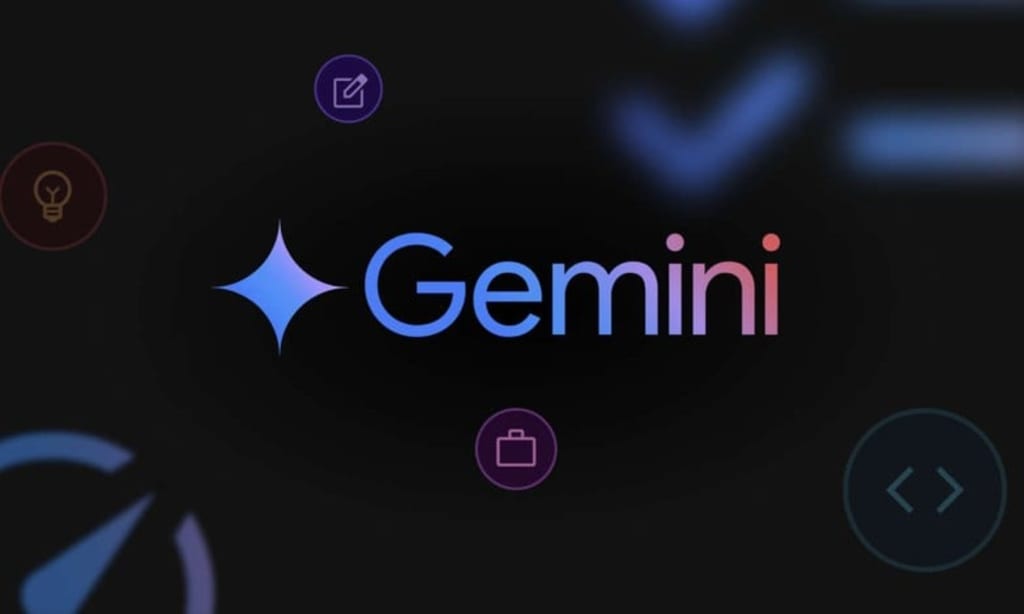For astronauts to communicate with spacecraft and stations
NASA announced that they are developing their analogue of ChatGPT for use in space. Ultimately, it will allow astronauts to communicate with spacecraft and stations in voice mode.

Unlike consumer solutions, NASA will not rush into implementation. An early version of such AI is going to be used on the Lunar Gateway, a circumlunar space station that will be used both to study the Moon as part of the Artemis project, and as a transfer station for exploring more distant corners of space, including flights to Mars. The station is planned to be built before the end of this decade.
NASA wants to release artificial intelligence beyond the Earth.
The idea is to get to the point where we communicate with spacecraft and they respond as well. It will be about warnings, interesting discoveries that they see in the solar system and beyond. It really doesn’t feel like science fiction anymore
In the longer term, NASA sees the potential of neural networks and the ability of spacecraft AI to self-learn without access to supercomputers, which, for obvious reasons, are not in space.
The spacecraft performs collaborative updates based on what other spacecraft have seen. This is a method of distributed learning – learning in cooperation without transferring all this data to Earth.




